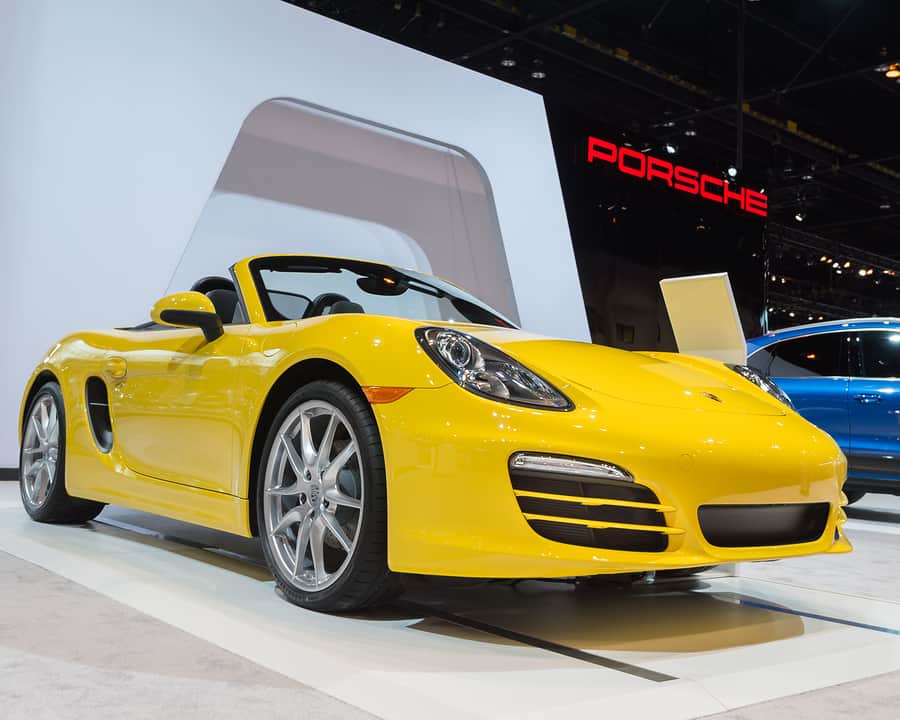
If you want a great sports car on a budget, then opting for a second-hand Boxster could well be the answer. However, with all used cars make sure you give it a total once over before buying – and to help you on your mission we have created this easy to use problem guide.
So what are the common faults with the Porsche Boxster?
Suspension
Before you even get in for a test drive look at the Boxster’s profile, if you can see a slightly skewed or unlevel profile, then you are probably looking at a broken coil spring, and you can back your suspicions up by listening for knocking and groaning sounds whilst turning or travelling over rough ground.
Transmission
Whilst the gear transmissions on the Boxster are reported to be of a high quality, this does mean that problems and issues can sometimes go unnoticed. With automatic systems listen out for clicking and humming noises from the rear of the car and manual systems may be affected by stiff gear changes, heavy clutch pedals and a clunking sound when powering down the engine. All these are serious warning signs and should not be ignored.
Coolant and Air Conditioning
Leaves and other debris can often become lodged in the vents on the Boxster. If this is not cleaned out, moisture from the material will cause the radiators and air cooling systems to corrode. Check the ducts to ensure they are completely free from material and look for stone damage, as this problem can be one of the more expensive issues to fix.
Oil Seals
Look underneath the bodywork of your potential purchase. Are there any oil leaks or patches of oil where the car was once parked? If so then the culprit could well be the rear oil seal, which is known to degrade and cause leakage from the engine. Unfortunately, even though this is a small part it is relatively expensive to fix as you will need to remove the entire gearbox assembly.
Bearings
The Boxster suffers from a particularly well-known fault with the IMS bearing, which can cause a massive engine failure. Fortunately, engines in vehicles manufactured after 2007 have a redesign feature that strengthens the engine and prevents failure from happening.
Cylinder Bores
Another well-known issue with the Boxster engine is with scored cylinder bores, which can cause the vehicle to have low oil levels, sooty emissions and a tapping sound coming from the engine, alongside decreased levels of performance. However, the only way to absolutely confirm the presence of this problem is with a mechanical inspection.
Cylinder Head Cracks
Even though this isn’t the most common issue, it’s worth popping the bonnet and looking at the cylinder heads. You want to keep an eye open for cracks at the seat of the exhaust valves or around the spark plug holes, which could be extremely problematic for the functioning of the engine.
Porous Engine
Is your potential Boxster purchase from 1997? There was a widely reported fault with a porous engine block that could see the car fail completely. Most affected vehicles were recalled so check the service history to ensure that any potential purchase has been effectively repaired.
The Boxster is a great car to drive and whilst it probably isn’t suitable for the first-time driver, it is good for a retired couple who have the money and have lost the children to good jobs and family life. However, as this car sits at the higher end of the market, it may well be worth getting any vehicle you are considering purchasing professionally checked.
For affordable replacement engines, gearboxes and more, check out our new and used Porsche Boxster parts page.



.png)